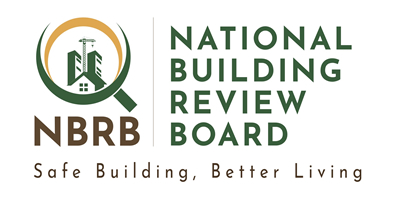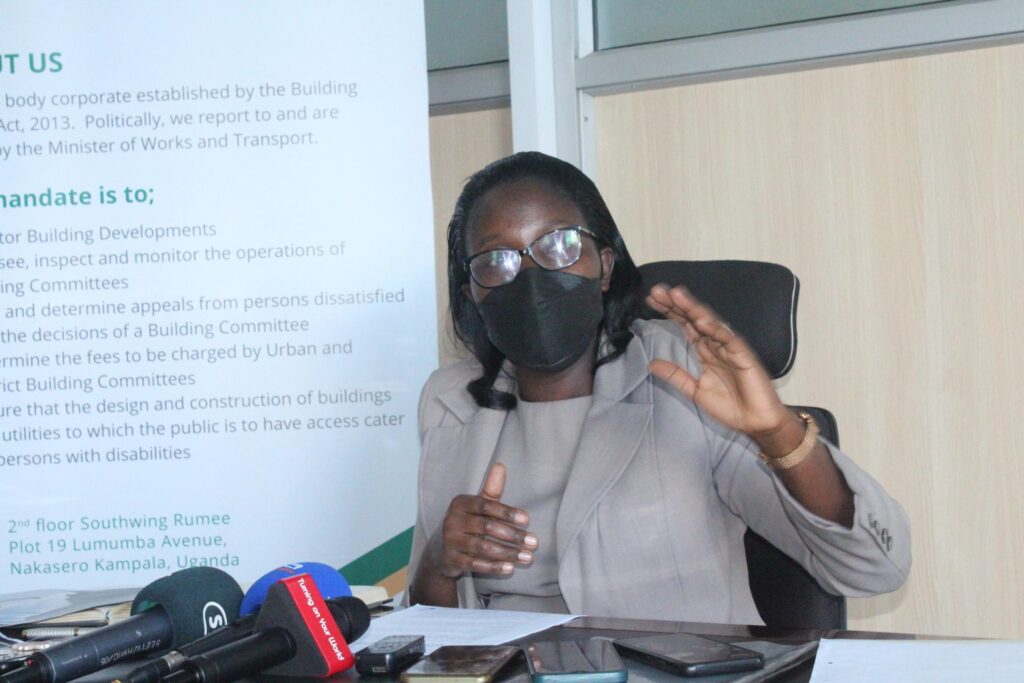The National Building Review Board (NBRB) has directed all building committees in urban and local authorities to identify and carry out structural integrity tests on all buildings constructed using the steel – timber concrete composite building method.
In a legal notice issued by the Minister of Works and Transport, Gen. Edward Katumba Wamala in consultation with NBRB on 19th September 2022, the Minister prohibited the use of this method for being comparatively risky in building operations.
The Minister acted in line with Section 42 of the Building Control Act, 2013, which gives him powers after consultations with the Board, to prohibit the use of a building method or material in building operations when declared unsafe.
Addressing the Media at NBRB offices in Kampala, the Executive Secretary of the Board, Eng. Flavia Gutto Bwire, revealed that after assessment, the structures that can be retrofitted to bring them into compliance with the Building Control Regulatory Framework would be strengthened while those that cannot be strengthened will be demolished in accordance with the law.
The steel- timber concrete composite building method is a system comprising of timber joists supported by the steel beams. The 100x100mm timber joists are spaced at 600mm in the orthogonal directions. It is at the bottom of the timber framework that the expanded metal lath is nailed, prior to application of the pricking mortar course.
Thereafter, a second layer of expanded metal lath is nailed onto the top of the timber framework, thus leaving a void between the concrete topping and the ceiling. The concrete topping is lightly reinforced with BRC mesh, which is laid on top of the pricking mortar course.
Lately, the method has been rapidly adopted by some developers under the guise of cost cutting, prompting NBRB from 2020 to commission an investigation into its viability in Uganda’s context and it’s all over safety.
“After investigations we found out that there is inadequate skilled work force in structural steel structures in terms of design, erection and construction supervision”. Bwire revealed.
Investigations also revealed that the timber, one of the materials being used is currently is not graded and its quality parameters are unknown, there are no design standards/ guidelines to support the technology both during design and implementation, Safety aspects have not been considered in design and implementation of this technology such as the fire risk and earth quake resistance and that for the sites that were inspected, none of the drawings were endorsed by professionals and neither was building permission obtained from the local authority.
“It is upon these findings that we advised the Minister to prohibit this building method until such a time that its safety is reliably demonstrated by its proponents and detailed research is carried out to provide design and construction guidelines. This has been done to safeguard the life and property of the public, as well as the reputation of Uganda’s building sector”. Bwire added.
Going forward the Board has set up a Technical Committee to develop guidelines for the safe design, fabrication, and erection of structures using this building method.

